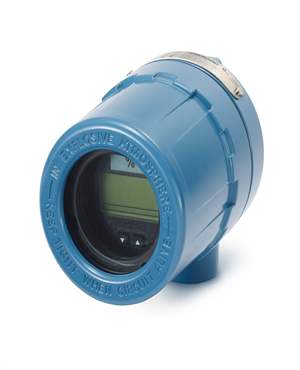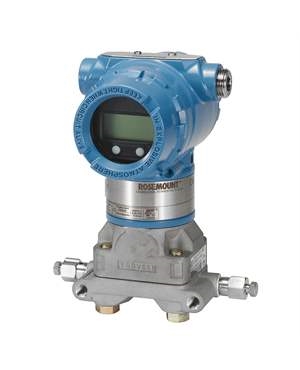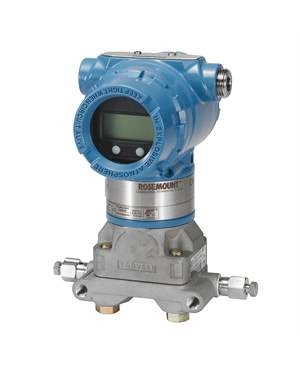How Can Greenhouse Gas Emissions Be Reduced?
Brian Craig
April 30, 2024
Reducing greenhouse gas emissions is a cornerstone of combating climate change and minimizing its harmful effects. These emissions mainly carbon dioxide, methane, and nitrous oxide drive global warming, contribute to rising sea levels, and increase the frequency and severity of extreme weather events. To address this critical issue and move toward a more sustainable future, it's essential to employ a multi-pronged strategy.
A gas monitoring system is a critical tool for detecting, measuring, and managing gas emissions, especially those that contribute to greenhouse gas (GHG) accumulation in the atmosphere. These systems play a pivotal role in reducing greenhouse gas emissions by enabling businesses and organizations to identify, quantify, and control gas leaks, emissions, and other sources of pollution.

Reducing Greenhouse Gas Emissions with Gas Monitoring System
Here's how gas monitoring systems contribute to reducing GHG emissions:
- Early Detection of Leaks
Gas monitoring systems can detect leaks in industrial facilities, pipelines, and storage units. By identifying leaks early, businesses can take prompt action to fix them, preventing significant emissions of methane, carbon dioxide, or other GHGs.
- Compliance with Regulations
Many countries have regulations and standards for controlling GHG emissions. Gas monitoring systems help businesses ensure compliance with these regulations by providing accurate data on their emissions. Compliance not only avoids legal penalties but also contributes to overall GHG reduction goals.
- Optimization of Industrial Processes
Gas monitoring systems provide real-time data on emissions, allowing businesses to optimize their processes to minimize GHG production. For example, by monitoring combustion efficiency in industrial settings, companies can adjust their operations to reduce carbon dioxide and other emissions.
- Enhanced Safety
In addition to environmental benefits, gas monitoring systems improve workplace safety by detecting hazardous gas leaks that could lead to explosions or health risks. This focus on safety indirectly reduces GHG emissions by avoiding incidents that might release large quantities of gases into the atmosphere.
- Data-Driven Decision-Making
The data collected by gas monitoring systems can be analyzed to identify trends and patterns in emissions. This information can guide businesses in making data-driven decisions to reduce their carbon footprint, such as investing in cleaner technologies or changing operational practices.
- Supporting Carbon Capture and Storage (CCS)
Gas monitoring systems are instrumental in carbon capture and storage (CCS) projects, ensuring that captured carbon dioxide is safely stored without leakage. By monitoring CO2 levels, these systems contribute to reducing overall emissions.
- Facilitating Sustainability Reporting
Companies that monitor their emissions can provide accurate data in sustainability reports, demonstrating their commitment to reducing GHG emissions. This transparency can drive further improvements and attract environmentally conscious investors and customers.
- Promoting Continuous Improvement
Gas monitoring systems enable organizations to set benchmarks and track progress toward emission reduction goals. This continuous monitoring allows for ongoing improvements, encouraging companies to adopt greener practices and technologies over time.
Investing in gas monitoring systems can provide valuable data for reducing greenhouse gas emissions. These systems are essential for regulatory compliance and can help organizations set emission reduction goals and measure progress.
At The Transmitter Shop (TTS) is a distributor of superior quality remanufactured industrial instruments like including wire gas monitoring systems and wireless gas monitoring systems, sensors/detectors, and more from reputed brands such as Otis, E2S and Rosemount and so on. If you want to know more about our services please contact us via phone +1-888-964-8837, or via email at [email protected]
Related Posts
- Important Calibration Tips for Pressure Sensors
- What is RTD Sensor and How Does it Work?
- What is a Thermocouple and How Does It Work?
- Why Platinum is a Preferred Choice in RTD Sensors?
- How to Choose the Right Exhaust Gas Temperature Sensor for Your Engine
- Role of Sensors in the Food Processing Plant
- How Can Greenhouse Gas Emissions Be Reduced?
- Understanding Electrochemical Detection: Principles, Techniques and Environmental Application
- Furnace Flame Sensor Faults: Everything You Need to Know for Safe Operation
- Complete Hydrogen Gas Safety and Measurement Solutions
- Complete Hydrogen Gas Safety and Measurement Solutions
- Steam Boiler Drum Level Measurement A Comparison of Control System Technologies
- Furnace Flame Sensor Faults Everything You Need to Know for Safe Operation
- Comparison between Multi Valve Manifolds Block Valves and Bleed Valves
- Pneumatic Pressure Controllers: A Safe Choice for Hazardous Areas
- Furnace Flame Sensor Faults Everything You Need to Know for Safe Operation
- Pneumatic Pressure Controllers: A Safe Choice for Hazardous Areas
- How Can Greenhouse Gas Emissions Be Reduced?
- A Practical Guide to Vacuum Measurement and Operation
- Understanding Electrochemical Detection: Principles, Techniques and Environmental Application
QUICK ENQUIRY







